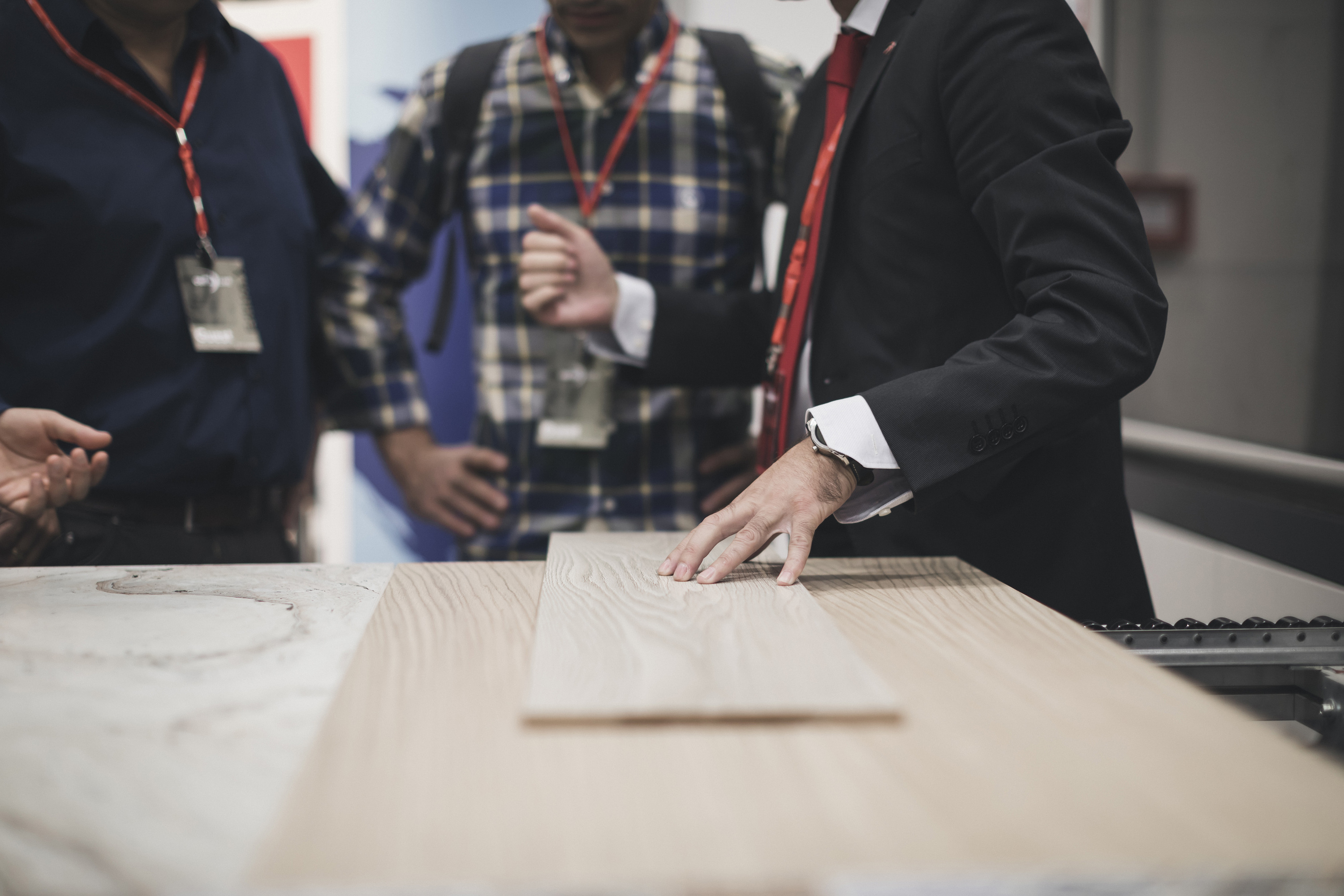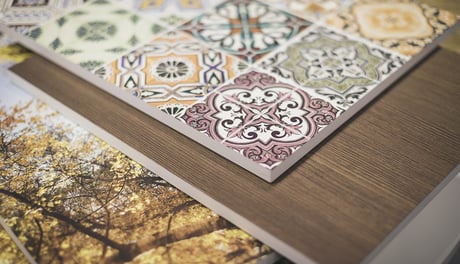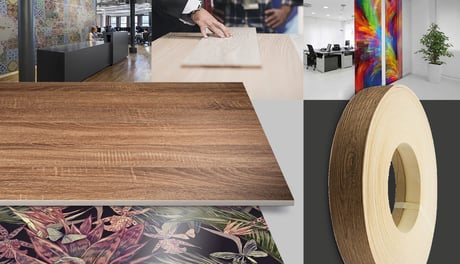What exactly is industrial digital printing for packaging?
Digital printing technology is fundamental in sectors where packaging plays a key role in product distribution.
Thanks to its versatility, this technology - which also allows for highly customised small-scale batches - provides manufacturers with an effective tool that boosts the impact of packaged products by using graphic design and promotional or marketing content.
Furthermore, in the era of mass customisation, the ability to strengthen the image of a customised product by using ad hoc packaging, especially at low cost, increases the effectiveness of the strategy itself.
With industrial digital printing, creativity becomes a powerful ‘weapon’ that can be deployed without compromising cost or productivity.
Why include an industrial digital printer on a cardboard packaging production line?
The inclusion of a digital industrial printer on the line is an option that can be applied independently of the upstream or downstream equipment, allowing for an effective, economic response to current trends.
While offset and flexo equipment requires significant initial investments, justifiable only for long print runs and high volumes, digital printing:
- can handle variable content/data and shorten time to market;
- requires only a few simple steps between print file and printed product;
- requires no investment in additional equipment;
- does not have long set-up times or high costs;
- enhances customisation, boosts production flexibility and lowers costs significantly.
In which industries are cardboard packaging finishing solutions used?
Materials
Technologies
Application fields
Some specific application areas and finished products that are part of the packaging sector
APPLICATIONS

Packaging
Focus On

Digital printing for cardboard packaging finishing
Paper-based packaging solutions are used in many market areas, from cosmetics to food & beverage, postal services and more. Each sector has different requirements and trends that are evolving towards increased personalisation and higher quality. Industrial digital printing provides a fast, flexible and highly creative answer to today’s demands.

Discover industrial machines for the packaging sector
Machines
Case studies
Case study
WHITEPAPER
Industrial digital printing has unlimited potential
Discover all the potential effects that you can obtain on different substrates thanks to digital printing.
Download the white paper
Learn More
MAGAZINE
We’ve been innovating in the surface finish field for sixty years.
Tell us where you want to go and our finishing experts will help you get there.

Connect
Frequently Asked Questions
Frequently Asked Questions
Single-pass up to 1540 mm (60.6”).
Multi-pass up to 2500 mm (98.4”)
- Flexibility. It is simple to change from one design to the next as often as required.
- Unit cost is in no way connected to batch size.
- Quick response to fast-changing market demands and fashions.
- Very short lead time from the idea to the first sample.
- Ability to test countless variants, evaluate and pinpoint market trend instantly.
- Flooring
- Panel decoration
- Door decoration
- Edge-banding
- Fibre cement decoration
- Profiles
- etc.








